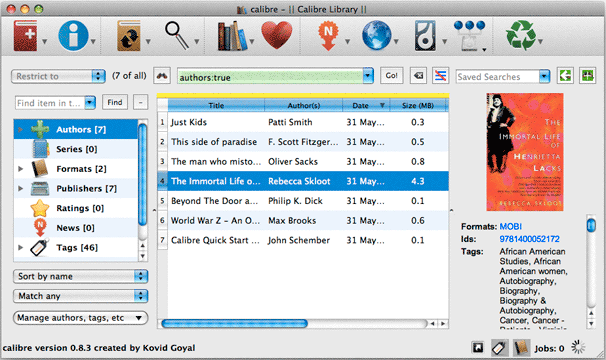
Around 2,500 ZSU-23-4s, of the total 6,500 produced, were exported to 23 countries. The system was widely fielded throughout the Warsaw Pact and among other pro-Soviet states. The ZSU-23-4 outclassed all NATO anti-aircraft guns at the time, and it is still regarded as posing a major threat for low-flying fixed-wing aircraft and helicopters. This delivered a highly effective combination of mobility with heavy firepower and considerable accuracy. The ZSU-23-4 combined a proven radar system, the non-amphibious chassis based on GM-575 tracked vehicle, and four 23 mm autocannons. Motorized rifle and tank regiment standard anti-aircraft batteries consisted of two platoons later (one platoon was equipped with four ZSU-23-4s and another with four mobile surface-to-air missile systems 9K31 Strela-1 or 9K35 Strela-10). At the end of the 1960s, one battery was equipped with ZSU-23-4s and the other with ZSU-57-2s. Initially, tank regiments should have had the anti-aircraft artillery battalion of "Shilka" (consisting of two batteries, four ZSU-23-4s in each). The ZSU-23-4 was intended for AA defense of military facilities, troops, and mechanized columns on the march originally, the more powerful guns of "Yenisei" were judged to be effective at covering the inner dead-zone of Soviet surface-to-air missile systems despite the increased weight of the vehicle, but commonality prevailed.


The development of the ZSU-23-4 "Shilka" began in 1957 along with ZSU-37-2 "Yenisei" and the vehicle was brought into service in 1965, replacing all ZSU-57-2s in air defense units toward the beginning of the 1970s. However, these towed or improvised truck-mounted weapons had similar disadvantages.

The 23 mm version of this weapon system was known as the ZU-23-2, a towed mount carrying two 23 mm cannons. The ZPU series armed with 14.5 mm heavy machine guns carried on a towed mount for stationary, point air defence had a much higher rate of fire. The ZSU-57-2 was not particularly successful despite its very powerful autocannons given their large caliber, it could only carry 300 rounds, was inaccurate as it lacked radar and could not fire while on the move. The previous Soviet self-propelled anti-aircraft gun ( SPAAG), the ZSU-57-2, was armed with two 57 mm autocannons it was aimed optically using a basic tracking and lead calculating system. ZSU-23-4 at Yad la-Shiryon Museum, Israel.


 0 kommentar(er)
0 kommentar(er)
